Is Stalemate Win or Lose?
Whether you are a seasoned chess player, or a hobby gamer, you might wonder what this tactic is and if stalemate win or lose?
Where Did The Stalemate Tactic Originate?
The stalemate rule has had a tangled past. For a great part of chess’s history, the stalemate has not been viewed as a draw. In the heralds to current chess, for example, Chaturanga, the stalemate was a success for the side overseeing it.
This training continued in chess as played in mid-fifteenth century Spain. Be that as it may, Lucena (c. 1497) regarded stalemate as a mediocre type of triumph, which in diversions played for cash won just a large portion of the stake, and this kept on being the situation in Spain as late as 1600. The standard in England from around 1600 to 1800 was that stalemate was a misfortune for the player overseeing it. That standard vanished in England before 1820, being supplanted by the French and Italian guideline that a stalemate was a drawn diversion.
The primary World Championship diversion to finish in stalemate and in the meantime, the longest amusement played in a World Chess Championship the last match was the fifth round of the 1978 World Championship coordinate between Anatoly Karpov and Viktor Korchnoi. The diversion had been a hypothetical draw since move 70. Anyway, the players were not on talking terms, so neither would offer a draw-by understanding. Korchnoi said that it gave him the joy to stalemate Karpov and that it was somewhat embarrassing.

What Is The Stalemate Rule?
Stalemate is an exceptional sort of draw. It happens in a circumstance where the player who is to move has no lawful move, however, isn't under tight restraints. As per the chess rules, the stalemate closes the diversion with a draw.
Stalemate is an asset which as a rule emerges in the endgame. The player who shields a more regrettable position can – regularly by giving without end material – attempt to go for a stalemate in specific positions so as to not lose the diversion.
At first look, the standard may appear to be unreasonable. For what reason should the game end in a tie in the event that your player denied the adversary of any lawful move? Should not it end in a devastating triumph for the more grounded side? There has just been a lot of discussion on this inquiry. In any case, the present principles of chess characterise stalemate as a draw and it's not likely that this standard will be changed at any point in the near future.
Thus, we might want to show you the advantages of the stalemate in your very own chess diversions. On one hand, we need to acquaint you with a stalemate as a vital cautious asset when you're guarding a sad position though, then again, we additionally need to hone your eye for your adversary's stalemate thoughts when you have a plainly better position.
Stalemate in Chess: The Purpose
Your chess pieces are hindered by different pieces and consequently, they can't move.
Your King must move, however can't, on the grounds that he has no spot to go.
Your pieces are shielding your king from the check and can't be moved in light of the fact that they are stuck.
On the off chance that the king isn't under tight restraints and the chess player can't make a legitimate move, the chess position is Stalemate. A Stalemate closes the chess amusement. The outcome is a draw. This happens in some cases in the endgame, when there are very few pieces on the board. It is a very small shot for the player having a losing position to stay away from a misfortune thus and make a draw and get a large portion of a point.
Stalemate succeeds just, if the adversary is careless or half snoozing, in light of the fact that you don't leave. Falling back on a stalemate isn't as unpleasant a thought the same number of seeing it, yet we feel like you utilised all the straw man contentions for those against having stalemate be a success.
In an orthodox war where there are two obvious sides, it was legitimate to give the ruler of whichever a chance to side lost surrender and escape, instead of being slain. Obviously, homicidal rulers and individual grudges kept this a significant part of the time, yet you get the thought. In any case, this doesn't clarify why a stalemate ought to be a draw, however, it, in any event, gives a reason against catching the adversary’s king.
The principle motivation behind why stalemate is that it adds key style to the diversion for the two sides. The triumphant side is left reasoning in any event to some degree till the very end to maintain a strategic distance from the stalemate, and the losing side attempts to accomplish it, some of the time splendidly as found in a couple of diversions/perplexes out there.
Similarly, Stalemate adds a sparkle of confidence to many, driving them to play to the end as opposed to leaving. This might be a pro or a con contingent on what you look like at it. Stalemate is a significant instrument that can spare a totally lost or second-rate endgame. However, much of the time, stalemates occur because of a mistake. A player overlooks a guarded activity and leaves the adversary with at least one conciliatory piece on a silver platter so as to touch base at the ideal position.

How Many Moves Till Stalemate?
There’s no set number of moves till the stalemate, but for what reason should stalemate be a success for "rival A" if there are no legitimate moves for "rival B"? The undertaking for "rival A" is to checkmate the "rival B". He neglected. So why give him a full point? For many years stalemate was considered a draw. Why change anything?
How precisely does stalemating your adversary demonstrate that you are a superior player? Likewise, imagine a scenario in which the position is a common stalemate.
Pretty much every Stalemate position has one side with progressively material and "better" sufficiently not to win. In common Stalemate, beyond any doubt rise to score, however when individuals talk about Stalemate, they are normally alluding to the other side putting the opposite side into a Stalemate in this way in the event that you can't win it Stalemate it.
For each learner, it is vital to becoming more acquainted with the most essential chess terms. Since the perplexity about the stalemate in chess has been cleared up, look out for chances to utilise these thoughts and feel free to exploit them! Stalemate is a valuable protective asset to go for when you have a terrible or even miserable position.
Well, if this article aroused you to rapidly improve your chess aptitudes then we have an extraordinary arrangement for you. In case you're searching for an across the board arrangement, the Official Staunton Chess Company gives an assortment of Staunton structures for chess players around the globe, be it antique chess sets, Isle of Lewis chess sets, extravagance chess sets, or conventional chess sets, in an assortment of materials, styles, hues, and sizes and are carefully created to meet any chess player's requirements.
Despite the fact that it generally relies upon the chess player, the Official Stanton Chess Company has probably the most choice chess sets. These incorporate chess sets, for example, the Classic Walnut Style Chess Set and Walnut Box, Artisan Prestige Fierce Knight Walnut Root Chess Set, Classic Economy Anegre Chess Sets, Deluxe Fierce Knight Walnut Chess Sets, Isle of Lewis Gift Set with Pieces, and Board Box Set, and Luxury Hand Made Solid Mahogany Wood Chess Box and so on. These are ideal for a wide range of chess lovers and are of high calibre, with basic, rich, and pragmatic structures.



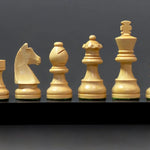
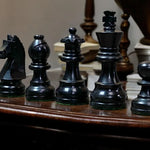
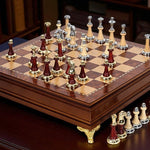
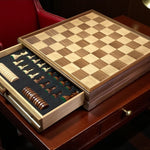
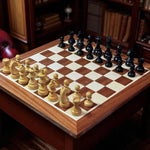
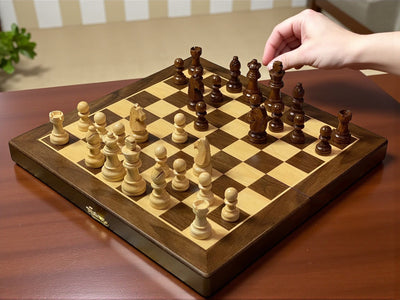
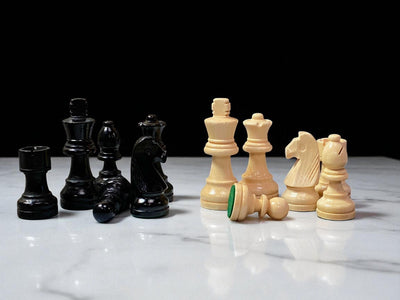
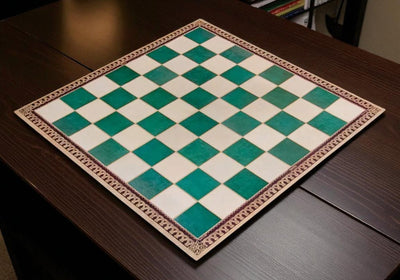
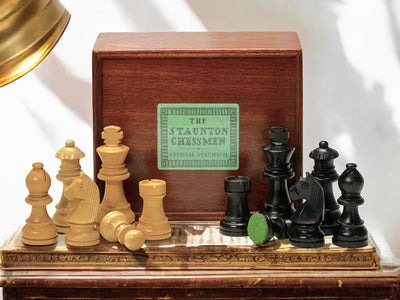
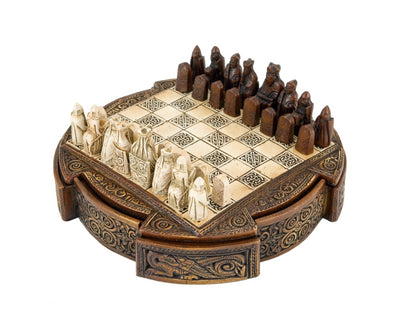

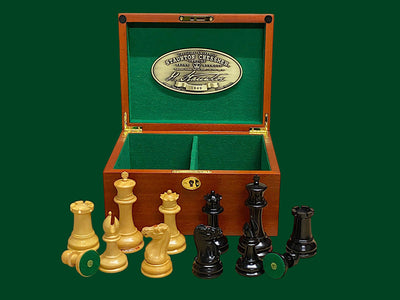
Leave a comment